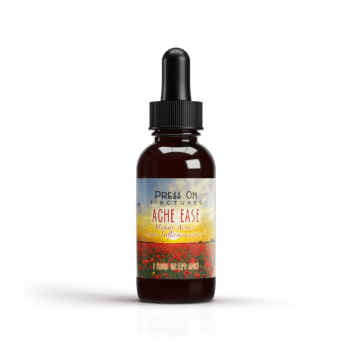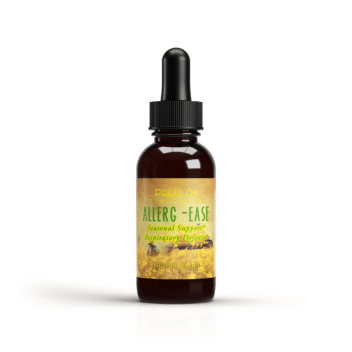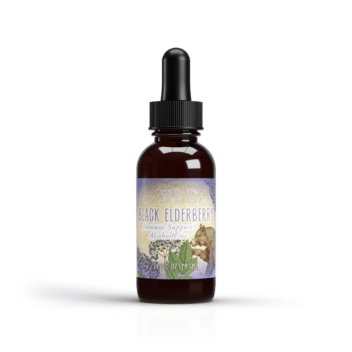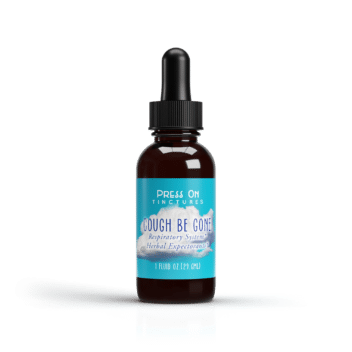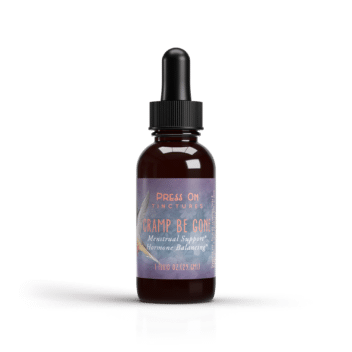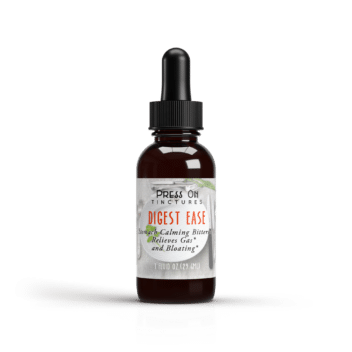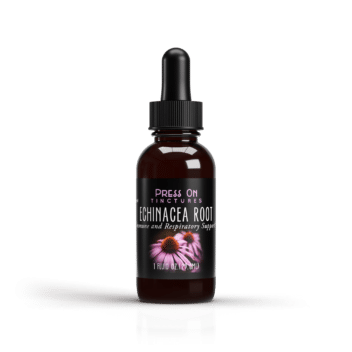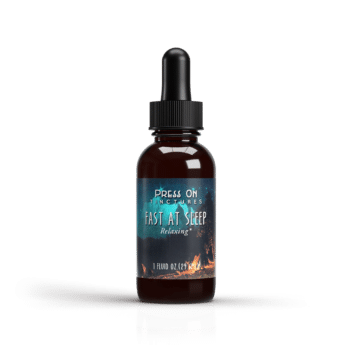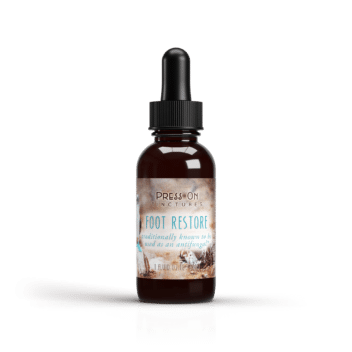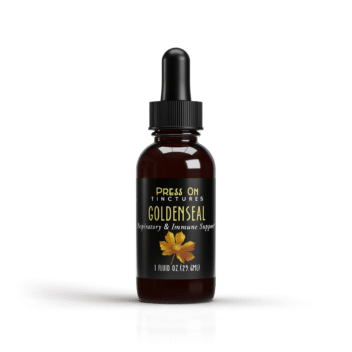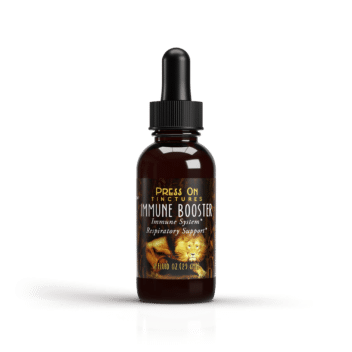Extracts in Herbal Medicine
Herbal medicine has been a cornerstone of health and wellness for centuries. People across the globe have relied on the healing properties of plants to treat ailments and improve overall well-being. At the heart of this practice are extracts, which concentrate the beneficial compounds of medicinal plants. These extracts not only represent the essence of traditional wisdom but also the future of integrative health. Let’s delve into the world of herbal medicine to understand the significance of extracts, their benefits, and how they are used.
What Are Medicinal Plant Extracts?
Medicinal plant extracts are concentrated substances derived from herbs and other botanical sources. They capture the essential chemicals of the plant, often including oils, resins, and other active compounds. The process of extracting these components ensures that the beneficial properties of the plant are available in a more potent form. Understanding these extracts involves recognizing their complexity and the careful processes involved in their creation.
Key Components of Plant Extracts
The core of any plant extract is its active compounds. These can include alkaloids, flavonoids, and terpenes, among others. Each compound carries unique therapeutic benefits. For example, flavonoids are known for their antioxidant effects, while alkaloids may offer pain relief or stimulant properties. By isolating these components, extracts provide a targeted approach to healing.
Types of Plant Extracts
There are several types of plant extracts, each serving different purposes. Water-based extracts, like infusions and decoctions, are often used for delicate plant parts like flowers. Alcohol-based tinctures capture a wide range of plant compounds, while glycerin extracts offer a non-alcoholic alternative. Understanding these types helps in choosing the right extract for specific health needs.
Historical Context
The use of plant extracts dates back thousands of years, with records from ancient Egypt, China, and India highlighting their medicinal use. Each culture contributed unique methods of extraction and application, reflecting a deep understanding of local flora. This historical perspective enriches our current use of herbal medicine, showcasing the timelessness of plant-based healing.
How Are Herbal Extracts Made?
The process of making herbal extracts typically involves several steps. Each step is crucial in ensuring the purity and potency of the final product. By carefully controlling these processes, manufacturers can produce extracts that reliably deliver the plant’s therapeutic benefits.
Harvesting: Timing is Everything
The timing of harvesting is critical in extracting the most potent compounds. Plants are usually harvested when their active constituents are at peak concentration. This may vary not only from species to species but also with environmental factors like climate and soil conditions. Understanding the optimal harvest time requires both scientific knowledge and traditional insights.
Drying: Preserving Potency
Once harvested, plants are often dried to preserve their active constituents. This step prevents the degradation of sensitive compounds and reduces the plant’s moisture content, which can lead to spoilage. Proper drying techniques, such as air drying or using low heat, are essential for maintaining the integrity of the plant’s active ingredients.
Extraction Methods: Solvent Selection
Various methods can be used to extract the active compounds, including soaking the plant material in a solvent such as alcohol, water, or glycerin. Each solvent extracts different compounds, influencing the properties of the final extract. Alcohol is effective for a broad range of compounds, while glycerin is gentler and suitable for those avoiding alcohol. Choosing the right method ensures the desired therapeutic properties are captured.
Filtration and Concentration: Refining the Extract
After extraction, the mixture is filtered to remove solid plant material, leaving behind a liquid that contains the concentrated plant compounds. This filtration process is crucial to ensure purity. The extract is then concentrated to enhance its potency, often through evaporation of the solvent. This step requires precision to maintain the balance of compounds.
Preservation: Ensuring Longevity
The final extract is often bottled and sometimes combined with other ingredients for stability and enhanced benefits. Preservatives or antioxidants may be added to extend shelf life and prevent oxidation. Proper storage in dark glass bottles away from light and heat is essential for maintaining the extract’s efficacy over time.
Benefits of Herbal Extracts
Herbal extracts are valued for their concentrated potency and the ease with which they can be used. These benefits make them a staple in both traditional and modern therapeutic practices. By understanding these advantages, users can better incorporate extracts into their health routines.
Potency and Efficacy: Precision in Healing
Extracts are powerful because they concentrate the plant’s beneficial compounds. This means you can achieve the desired therapeutic effect with a smaller amount compared to using the whole plant. In medicinal settings, this precision is crucial for effective dosing and minimizing side effects. It allows for targeted interventions, addressing specific health issues with accuracy.
Convenience: Simplifying Health Practices
Herbal extracts are easy to use. They often come in liquid form, allowing for easy administration. This makes them a popular choice for both practitioners and patients who prefer not to deal with the bulk of whole herbs. The convenience of extracts also extends to their portability and ease of integration into daily life, supporting consistent health practices.
Versatility: Adapting to Needs
Extracts can be used in various forms, including tinctures, capsules, and topical applications. This versatility allows for different methods of administration based on individual needs and preferences. Whether taken orally, applied to the skin, or used in diffusers, extracts offer flexible options for diverse health goals.
Enhanced Bioavailability: Maximizing Absorption
The concentrated nature of extracts often enhances their bioavailability, meaning the body can absorb and utilize the active compounds more efficiently. This ensures that users receive the maximum therapeutic benefit from each dose. Enhanced absorption is particularly beneficial for individuals with digestive issues that might impair nutrient uptake.
Environmental Sustainability: A Natural Choice
Herbal extracts, when sourced responsibly, offer an environmentally sustainable option for health care. By using smaller quantities of plant material to achieve therapeutic effects, extracts reduce the strain on natural resources. Ethical sourcing practices further ensure that the benefits of herbal medicine do not come at the expense of ecological health.
Commonly Used Herbal Extracts
In the realm of herbal medicine, certain extracts are more commonly used due to their well-documented benefits. These extracts are celebrated for their specific health-promoting properties and their role in traditional medicine. Let’s explore a few of these popular extracts in greater detail.
Echinacea: Immune System Support
Known for its immune-boosting properties, echinacea is a popular choice during cold and flu season. The extract is often used to reduce the severity and duration of colds. Echinacea works by enhancing the body’s natural defenses, stimulating white blood cell production. Its use is rooted in Native American medicine, where it was traditionally employed for a variety of infections.
Ginkgo Biloba: Cognitive Enhancer
Ginkgo biloba extract is renowned for its potential to enhance cognitive function and memory. It is often used by individuals looking to support brain health. The extract improves blood flow to the brain and has antioxidant properties that protect neural cells. Studies suggest it may aid in managing age-related cognitive decline, making it a staple in brain health supplements.
Turmeric: The Anti-Inflammatory Powerhouse
Turmeric extract, rich in curcumin, is celebrated for its anti-inflammatory and antioxidant properties. It is commonly used to support joint health and manage inflammation. Beyond its role in reducing pain and swelling, curcumin is also studied for its potential benefits in heart health and cancer prevention. Its vibrant yellow color and medicinal properties have made it a revered spice in Ayurvedic and Chinese medicine for centuries.
Valerian Root: Nature’s Tranquilizer
Valerian root extract is known for its calming effects, making it a popular choice for those struggling with sleep issues or anxiety. It works by increasing levels of gamma-aminobutyric acid (GABA) in the brain, promoting relaxation and reducing tension. Valerian has been used since ancient Greek and Roman times as a remedy for insomnia and nervous disorders, highlighting its enduring reputation as a natural sedative.
Milk Thistle: Liver Protector
Milk thistle extract is widely recognized for its liver-protective properties. The active compound, silymarin, supports liver detoxification and regeneration. It is often recommended for individuals with liver conditions or those exposed to environmental toxins. Historical use of milk thistle dates back to the Roman era, where it was used to treat liver and gallbladder disorders.
Using Herbal Extracts Safely
While herbal extracts offer numerous benefits, it’s essential to use them safely and responsibly. By following guidelines and understanding potential risks, users can maximize the benefits while minimizing adverse effects. Here are some key considerations for safe usage.
Consult with a Healthcare Professional: Expert Guidance
Before starting any new herbal regimen, it’s wise to consult with a healthcare professional, especially if you have existing health conditions or are taking other medications. They can help determine the appropriate dosage and ensure there are no potential interactions. Professional advice is invaluable in navigating the complex landscape of herbal medicine, offering personalized recommendations based on individual health profiles.
Start with a Low Dose: Assessing Tolerance
When beginning with a new extract, start with a low dose to assess how your body reacts. Gradually increase the dosage as needed and tolerated. This approach allows for monitoring of any adverse reactions and adjusting intake accordingly. Slow titration is especially important for sensitive individuals or those with a history of allergies.
Be Aware of Quality: Choosing the Best
Not all herbal extracts are created equal. Look for products from reputable manufacturers that provide information on sourcing, extraction methods, and potency. Third-party testing for purity and contaminants adds an extra layer of assurance. Opting for high-quality extracts ensures you are receiving a product that is both safe and effective.
Understanding Potential Side Effects: Being Informed
Each herbal extract may come with its own set of potential side effects. Being informed about these possibilities helps in making educated decisions. Common side effects can range from digestive upset to allergic reactions, depending on the extract and individual sensitivity. Staying informed and vigilant can prevent minor issues from becoming significant problems.
Storage and Handling: Maintaining Integrity
Proper storage and handling of extracts are crucial to maintaining their efficacy. Store extracts in a cool, dark place, and ensure bottles are tightly sealed to prevent contamination. Following manufacturer guidelines on shelf life and usage preserves the potency and safety of the product over time.
The Future of Herbal Medicine
As interest in natural remedies continues to grow, the field of herbal medicine is evolving. Advances in extraction technologies and research into plant compounds are expanding our understanding of how these extracts work and how they can be used most effectively. This evolution is opening new frontiers in health care, with exciting possibilities on the horizon.
Integration with Modern Medicine: A Holistic Approach
There is a growing interest in integrating herbal medicine with conventional healthcare. This complementary approach offers a more holistic view of health, allowing individuals to benefit from the strengths of both natural and modern treatments. Collaboration between herbalists and medical professionals can lead to more comprehensive care plans that address both symptoms and root causes.
Continued Research: Building Scientific Foundations
Ongoing research into the efficacy and safety of herbal extracts is crucial. This helps establish standardized dosing and expands the list of conditions that can be effectively managed with herbal medicine. Scientific studies provide the evidence needed to validate traditional uses and explore new applications, bridging the gap between anecdotal and clinical understanding.
Innovations in Extraction Technology: Enhancing Potency
Advancements in extraction technology are improving the potency and purity of herbal extracts. Techniques like supercritical fluid extraction and ultrasonic-assisted extraction offer higher yields and cleaner products. These innovations ensure that future extracts are even more effective, supporting broader therapeutic applications.
Personalized Herbal Medicine: Tailoring Treatments
The future of herbal medicine may include personalized approaches tailored to individual genetic, environmental, and lifestyle factors. Advances in genomics and data analytics could lead to custom formulations that align with personal health profiles. This personalized approach promises to maximize the benefits of herbal medicine, offering targeted solutions for complex health issues.
Global Collaboration: Sharing Knowledge
As herbal medicine gains global traction, international collaboration in research and practice is becoming more common. Sharing knowledge across cultures enriches the field, introducing new plants and methods to broader audiences. This global exchange fosters innovation and ensures that the benefits of herbal medicine are accessible to all.
Conclusion
Herbal extracts are a vital part of traditional and modern medicine, offering a concentrated form of the healing properties of plants. Whether you’re seeking to support your immune system, improve cognitive function, or manage inflammation, there’s likely an herbal extract that can help. By understanding how to use these extracts safely and effectively, you can harness the power of nature to enhance your health and well-being.
As you explore the world of herbal medicine, remember to prioritize quality and consult with professionals to make informed decisions about your health. The journey into herbal medicine is both an exploration of ancient wisdom and a step into the future of health care, offering endless possibilities for enhancing life through the natural world.

